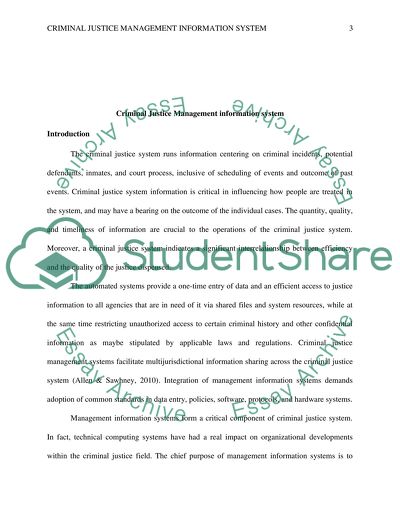Cite this document
(“Criminal Justice Management Information System Research Paper”, n.d.)
Criminal Justice Management Information System Research Paper. Retrieved from https://studentshare.org/law/1454097-criminal-justice-management-information-system
Criminal Justice Management Information System Research Paper. Retrieved from https://studentshare.org/law/1454097-criminal-justice-management-information-system
(Criminal Justice Management Information System Research Paper)
Criminal Justice Management Information System Research Paper. https://studentshare.org/law/1454097-criminal-justice-management-information-system.
Criminal Justice Management Information System Research Paper. https://studentshare.org/law/1454097-criminal-justice-management-information-system.
“Criminal Justice Management Information System Research Paper”, n.d. https://studentshare.org/law/1454097-criminal-justice-management-information-system.


